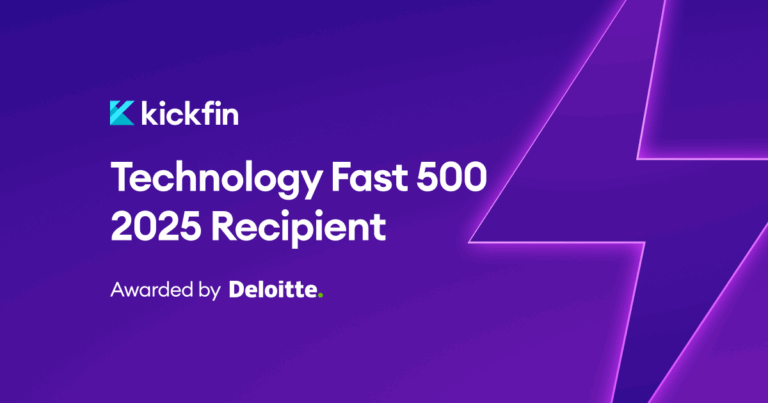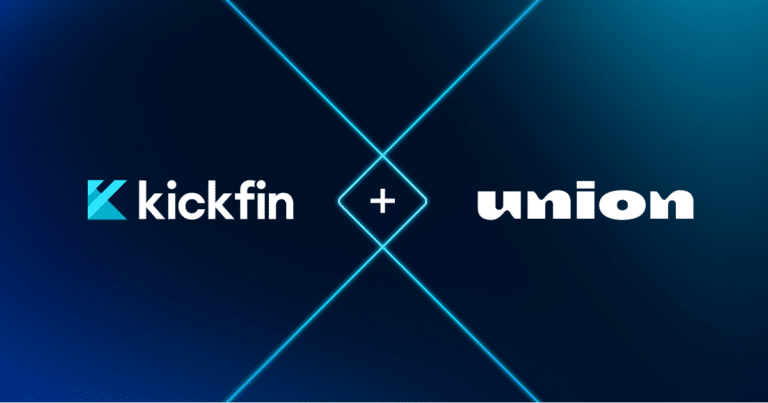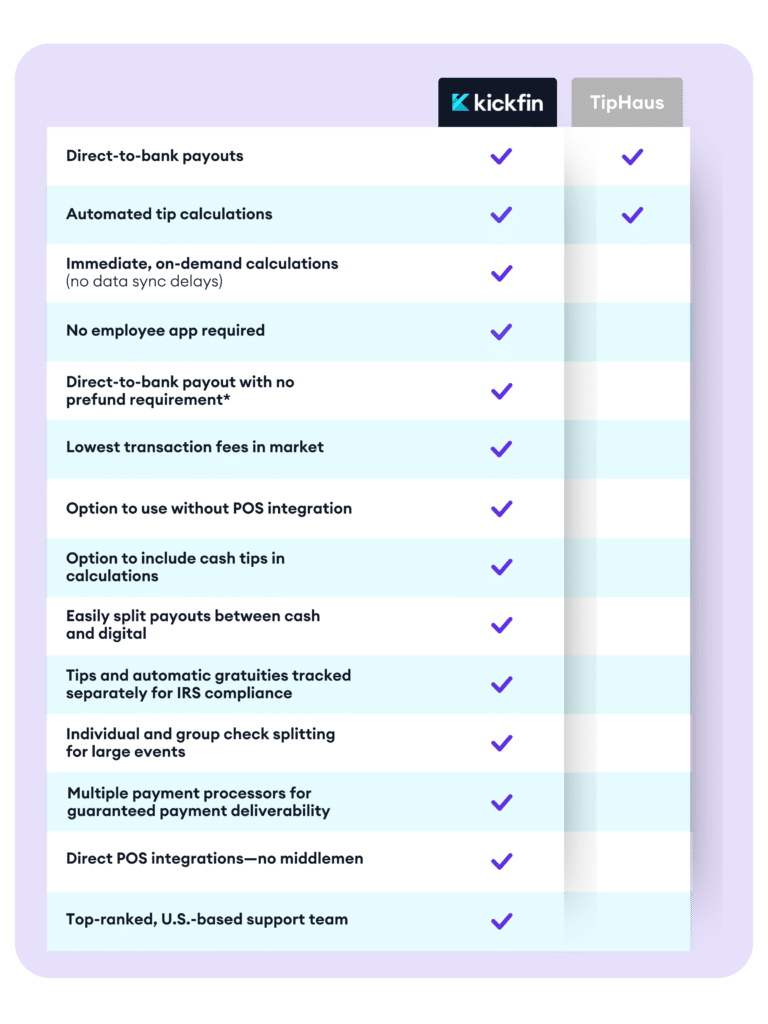There are a lot of factors that can make or break a restaurant: quality of food, atmosphere and ambience, level of service. Because they’re so important, these are areas where restaurant owners spend a good deal of time, energy and resources on a daily basis.
Now more than ever, restaurant cleanliness should be at the top of that priority list. Granted, it’s not the most fun or exciting aspect of restaurant operations; few people go into the business with a dream of opening “the cleanest restaurant, ever!”. But restaurant sanitation, or lack thereof, can have a direct impact on your restaurant’s success — especially in 2020, where we find ourselves in the midst of a pandemic.
Following the initial shutdown, most restaurants have reopened in some capacity, but they’re operating with more stringent sanitation standards. Some have been put in place by their respective cities or states, while others are self-imposed by the restaurant owners themselves for the well-being of their people and patrons.
If your own cleaning policies and procedures could use some attention, read on for ways to maintain a restaurant that puts the health of your people and patrons first.
How Maintaining a Clean Restaurant Impacts Your Bottom Line
Even in pre-pandemic times, choosing not to adhere to the cleaning guidelines established by the CDC could cost restaurants their business.
Whether you’re not properly cleaning or maintaining your physical space, sanitizing dishes, storing food, washing hands — there are very real and even dangerous consequences that can result from ignorance or negligence.
The biggest risk you run is harming the health of your employees or customers. But even if no one gets sick, violating the health code can put you in legal hot water. And you also have your reputation at stake. In the hospitality industry, where word of mouth is a key marketing channel, you certainly don’t want to become an establishment that’s known for poor sanitation.
Of course, the pandemic adds another layer to all of this. The general public is experiencing quarantine fatigue — many people are more than ready to get out of the house — but they’re also fearful of the potential for viral transmission. Demonstrating and communicating a commitment to sanitation and safety can go a long way in making people feel comfortable in your space once again.
It’s not just for the sake of optics, though. We’re still learning about COVID-19, but there’s no doubt that it’s fairly contagious. It behooves restaurant owners to mitigate the spread of the virus so that they can reduce the risk of an outbreak in their establishment. If your team gets sick, not only will you have to operate short-staffed, but you’ll also potentially scare away diners who don’t want to catch the virus themselves.
Your 2020 restaurant cleaning checklist
COVID has changed the way we look at cleaning procedures. As a restaurant owner, it’s important to be explicit about your sanitation standards, so your staff understands what’s expected of them, and your customers feel safe inside your space.
Let’s delve further into ways you can ensure proper restaurant cleaning procedures. Consider this your essential 2020 restaurant cleaning list!
Front of house cleaning checklist: pandemic edition
While making sure you’re following all restaurant cleaning procedures throughout your space, there is an added element you need to keep in mind when it comes to your restaurant front of the house cleaning checklist: reassuring your customers they are safe eating in your restaurant.
This means it’s important for them to see your staff practicing food safety and implementing proper restaurant cleaning procedures, following all recommended best practices from the CDC, EPA, and the FDA. Be prepared to answer questions around your procedures — or consider being proactive and posting signage that helps customers understand the measures you’re taking.
High touch areas
When it comes to your restaurant front of house cleaning checklist, staff should focus on disinfecting all high-touch areas, including:
- Door knobs, handles and push plates
- Railings
- Light and air control switches
- Faucets
- Non-food countertops
- Guest tables, chairs and benches
- Restrooms
- Registers
- Counters and bar surface
- Pens
- Check presenters
- Guest pagers
Cleaning and disinfecting should be done as often as possible, not just one or twice a day, but every 30 minutes to an hour. For places where customers sit, this should be done in between guests.
Keep in mind: there’s a difference between disinfecting and sanitizing. Disinfecting with one of these EPA-approved disinfectants against COVID removes more germs than sanitizing, making it more effective in killing pathogens. But disinfectants are typically not safe around food, so these spaces must be rinsed and dried after the solution has had enough time to properly disinfect, which can take up to a couple of minutes. While sanitizing is easier and faster, it’s just not as effective as disinfecting.
And don’t neglect your outdoor spaces. Open air and sunshine aren’t quite as conducive to germs, but that doesn’t mean your patio is risk-free. Your staff should adhere to the same cleaning protocols for indoor and outdoor dining.
Low touch areas
Low-touch areas should also be cleaned and well-maintained, but may not require frequent disinfecting.
- Dust shelves, ceiling fans, artwork, blinds, window sills and baseboards
- Vacuum and clean upholstered furniture; spot clean or shampoo as necessary
- Sweep and mop hard-surface floors
- Vacuum carpeting, rugs and mats; spot clean stains as quickly as possible
- Clean all air vents and replace filters regularly
Restaurant Cleaning in 2020: Don’t Be Complacent
If the pandemic has taught us anything, it’s that we should double down on our restaurant cleaning procedures for the foreseeable future.
It may require extra time, energy and attention to detail from your staff — so be sure you’re setting clear expectations and keeping your people aligned. If you haven’t already, look into contactless technology that can digitize processes and workflows, so that there are fewer physical interactions and touch points.
For more restaurant cleaning resources, check out:







